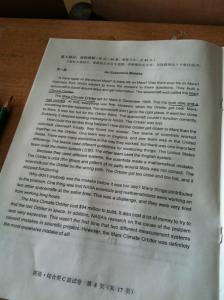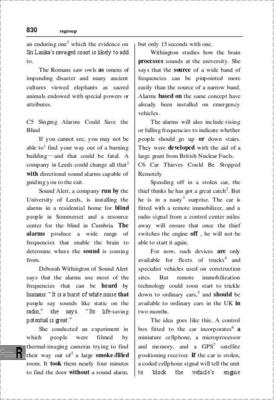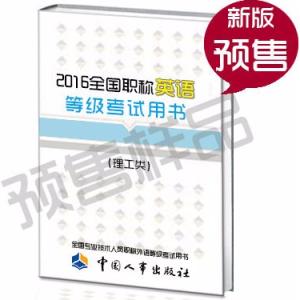2013职称英语报名时间预计从2012年11月份开始,为帮助考生有效备考2013年职称英语考试,123职称英语网小编整理了职称英语考试试题,希望对您学习职称英语有所帮助!
Cell Phones Increase Traffic, Pedestrian Fatalities
Cell phones are a danger on the road in more ways than one. Two new studies show that talking on the phone while traveling, whether you're driving or on foot, is increasing both pedestrian deaths and those of drivers and passengers, and recommend crackdowns on cell1 use by both pedestrians and drivers.
The new studies, lead-authored by Rutgers University, Newark, Economics Professor Peter D. Loeb2, relate the impact of cell phones on accident fatalities to the number of cell phones in use, showing that the current increase in deaths resulting from cell phone use follows a period when cell phones actually helped to reduce pedestrian and traffic fatalities. However, this reduction in fatalities disappeared once the numbers of phones in use reached a “critical mass”3 of 100 million, the study found.
These studies looked at cell phone use and motor vehicle accidents from 1975 through 2002, and factored in4 a number of variables, including vehicle speed, alcohol consumption, seat belt use, and miles driven. The studies found the cell phone-fatality correlation to be true even when including factors such as speed, alcohol consumption, and seat belt use.
Loeb and his co-author determined that, at the current time, cell phone use has a “significant adverse effect on pedestrian safety” and that “cell phones and their usage above a critical threshold5 adds to motor vehicle fatalities.” In the late 1980s and part of the 1990s, before the numbers of phones exploded, cell phone use actually had a “life-saving effect” in pedestrian and traffic accidents, Loeb notes. “Cell-phone users’ were able to quickly call for medical assistance when involved in an accident. This quick medical response actually reduced the number of traffic deaths for a time,” Loeb hypothesizes.
However, this was not the case when cells were first used in the mid-1980s, when they caused a “life-taking effect” among pedestrians, drivers and passengers in vehicles. In those early days, when there were fewer than a million phones, fatalities increased, says Loeb, because drivers and pedestrians probably were still adjusting to the novelty of using them, and there weren't enough cell phones in use to make a difference in summoning help following an accident, he explains.
The “life-saving effect” occurred as the volume of phones grew into the early 1990s, and increasing numbers of cells were used to call 911 following accidents, leading to a drop in fatalities, explains Loeb. But this life-saving effect was canceled out6 once the numbers of phones reached a “critical mass” of about 100 million and the “life-taking effect” - increased accidents and fatalities outweighed the benefits of quick access to 911 services, according to Loeb.
Loeb and his co-authors used econometric models to analyze data from a number of government and private studies. He and his co-authors recommend that governments consider more aggressive policies to reduce cell phone use by both drivers and pedestrians, to reduce the number of fatalities.
词汇:
crackdown n.制裁,严惩 econometric adj.计量经济的
outweigh v.超过 hypothesize v.假设,假定

fatality n.死亡者
注释:
1. cell:cell phone 的缩写。
2. The new studies, lead-authored by Rutgers University, Newark, Economics Professor Peter D. Loeb第一作者为罗格斯大学纽瓦克分校的经济学教授 Peter D. Loeb 的新研究成果…… lead-author:第一作者; lead-authored 为动词的过去分词形式,具有被动意义。罗格斯大学纽瓦克分校是美国新泽西州昀负盛名的文理学院。
3. critical mass:临界数量。
4. factored in:包括,把……计算在内。
5. a critical threshold:指的是前文所说的 critical mass。见注释 3。
6. was canceled out:被抵消。
 爱华网
爱华网



